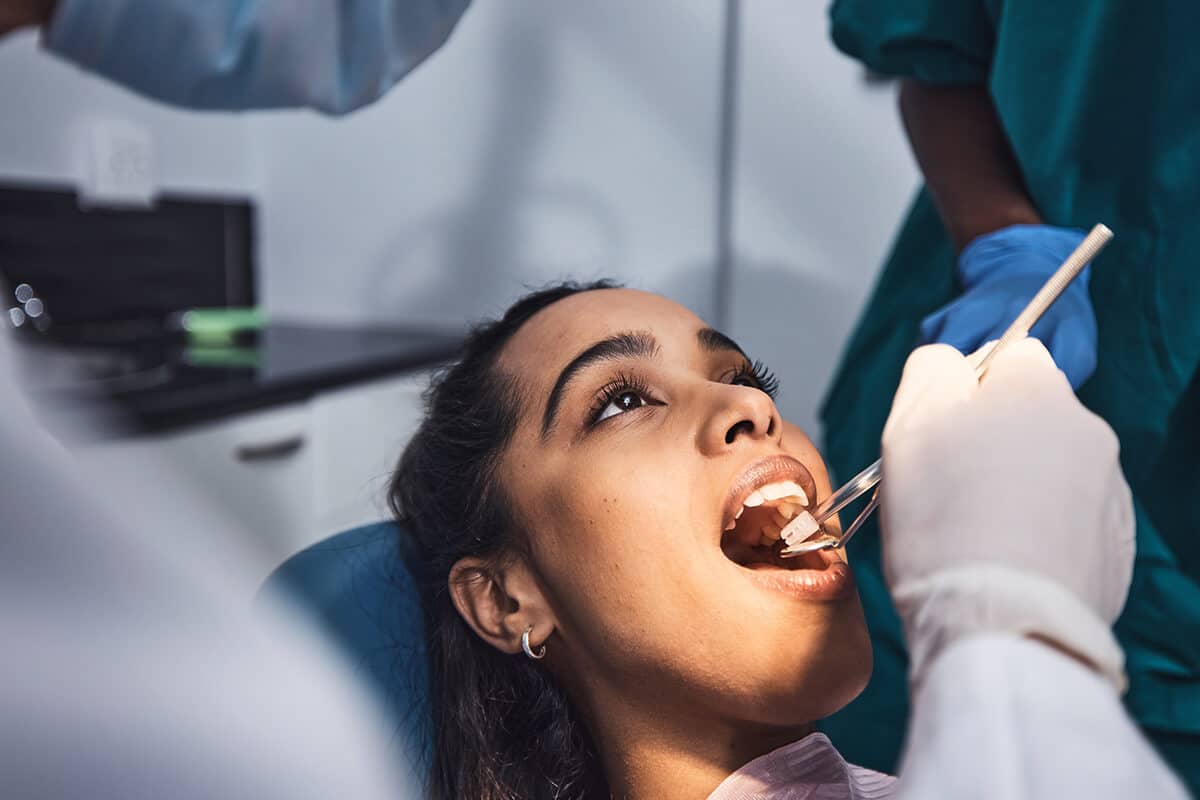Healing After a Root Canal: A Guide to Recovery and Relief
A root canal procedure addresses infection within the tooth’s pulp, the innermost layer containing nerves and blood vessels. While the procedure itself relieves the source of pain, recovery takes time. Understanding the healing process and proper aftercare empowers you to minimize discomfort and ensure a successful outcome. This comprehensive guide delves into the expected recovery timeline, potential side effects, and tips for a smooth and comfortable healing journey.
The Root Canal Procedure: A Brief Overview
During a root canal, the dentist removes infected pulp, cleans the canals within the tooth’s root, and seals the area to prevent further infection. The procedure is often necessary to alleviate severe toothaches and preserve the tooth itself.
The Recovery Timeline: What to Expect After Your Root Canal
While the initial discomfort from a root canal typically subsides within a few days, the full healing process can take several weeks or even months. Here’s a breakdown of what to expect during recovery:
- The First Few Days: Following the procedure, you might experience some mild pain, tenderness, and swelling around the treated tooth. Over-the-counter pain medication such as ibuprofen or acetaminophen can help manage discomfort. Your dentist might also prescribe a stronger pain reliever if needed. It’s crucial to avoid chewing on the treated tooth until it has fully healed. Stick to soft foods and avoid extreme temperatures (hot or cold) in your diet.
- The First Week: Most of the initial discomfort should subside within a week. Continue practicing gentle oral hygiene, brushing and flossing around the treated tooth carefully. Avoid strenuous activity or anything that could put undue pressure on the treated tooth.
- Following Weeks and Months: The healing process continues gradually. You may still experience some slight sensitivity, especially when biting down. This sensitivity should gradually decrease over time. It’s important to attend all follow-up appointments with your dentist. In most cases, a permanent crown is placed on the treated tooth to restore its strength and function.
Factors Affecting Recovery Time:
The healing time after a root canal can vary depending on several factors, including:
- Severity of Infection: A more severe infection might require additional treatment and prolong the healing process.
- Complexity of the Procedure: The number of canals within the tooth and any anatomical variations can influence the treatment time and recovery.
- Individual Healing Rate: Everyone heals at their own pace. Some people might experience faster recovery than others.
Potential Side Effects and Complications
While uncommon, some side effects can occur after a root canal. These may include:
- Increased Sensitivity: You might experience some temporary sensitivity to hot or cold temperatures after the procedure. This usually subsides within a few weeks.
- Discomfort or Pain: Mild pain or discomfort around the treated tooth is common for a few days after the procedure. Over-the-counter pain medication can help manage this discomfort.
- Swelling: Minor swelling in the gums or face near the treated tooth can occur in some cases. This typically resolves within a few days.
- Infection: Although rare, there’s a slight possibility of infection after a root canal. If you experience persistent pain, swelling, or fever after a few days, contact your dentist immediately.
Promoting a Smooth Recovery: Aftercare Tips
Here are some essential tips to ensure a smooth recovery after your root canal:
- Follow Your Dentist’s Instructions: Carefully adhere to your dentist’s specific post-operative instructions regarding pain medication, dietary restrictions, and oral hygiene practices.
- Manage Pain: Over-the-counter pain medication can effectively manage discomfort after the procedure. Take medication as directed by your dentist or pharmacist.
- Apply a Cold Compress: Applying a cold compress to the outside of your cheek near the treated tooth can help reduce swelling during the first few days.
- Maintain Gentle Oral Hygiene: Continue brushing and flossing your teeth regularly, but be gentle around the treated tooth. Use a soft-bristled toothbrush and avoid harsh brushing motions.
- Eat Soft Foods: Stick to a soft food diet for the first few days after the procedure to minimize pressure on the treated tooth. Gradually reintroduce harder foods as your tooth heals.
- Avoid Irritants: Avoid hot or cold beverages, spicy foods, and tobacco products during the healing process. These can irritate the treated tooth and delay healing.
- Rest: Adequate rest allows your body to focus on healing. Avoid strenuous activity for a few days after the procedure.
- Attend Follow-Up Appointments: It’s crucial to attend all scheduled follow-up appointments with your dentist.






More Stories
Is there a lifetime limit on epidural steroid injection?
What is Section 20 of the Motor Accident Insurance Act (Queensland)?
Where to Watch USMNT vs Jamaica National Football Team